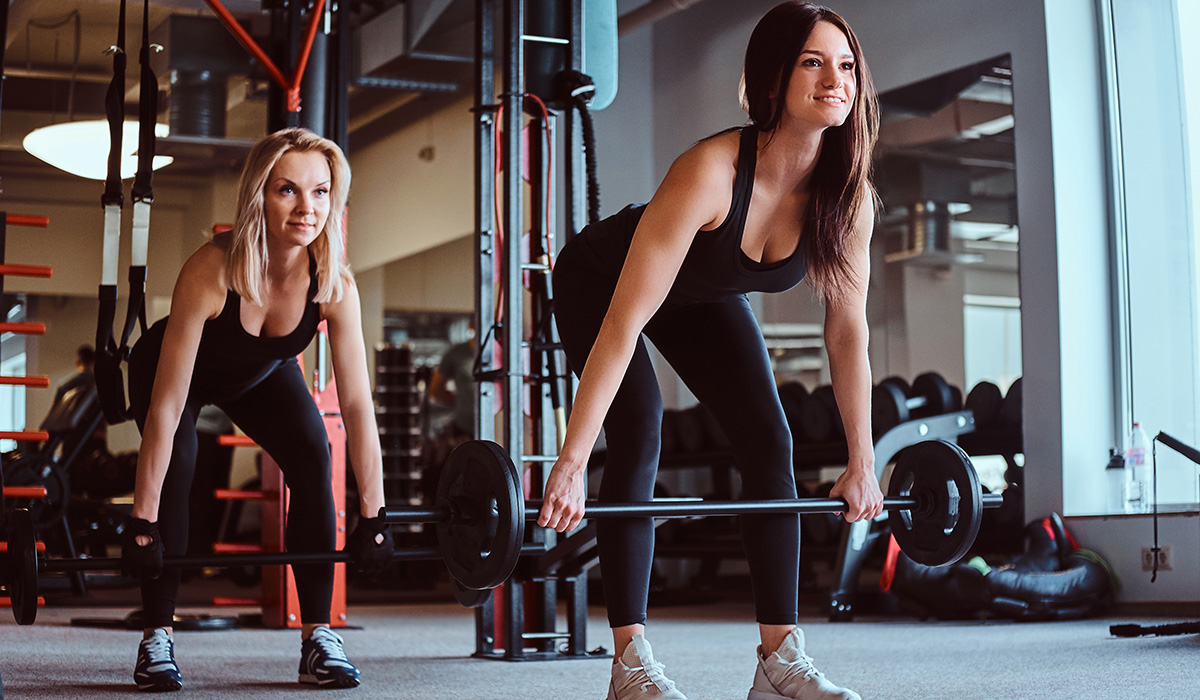Time under tension (TUT) refers to the amount of time a muscle is held under tension or strain during an exercise set. During TUT workouts, you lengthen each phase of the movement to make your sets longer. The idea is that this forces your muscles to work harder and optimizes muscular strength, endurance, and growth.
In TUT workouts, you slow down the movements of each repetition and spend more time on the eccentric phase of the exercise. By slowing down the movement, the muscle is held under tension for a longer period, which may yield better results.
To incorporate TUT technique into your exercise program, slow it down. Performing movements at a slower tempo will stimulate your muscles to promote growth. You may have to use a lighter weight since the increased time will be more difficult to sustain.
To use the tempo method, slow down the eccentric phase of each repetition. Extend each eccentric phase by 2 to 6 seconds. Or you can make the eccentric phase double the length of the concentric phase.
WHAT ARE THE BENEFITS?
- Muscle recruitment is being used maximally throughout the session
- Increase muscle growth + strength
- Adds variety to your training
- Can help to burn fat
- TUT workouts are designed to create tension in your muscles for a longer period, which leads to muscle growth. The harder you make your muscles work, the better the results
- Using slow movements can help you to be more purposeful while at the same time allowing your mind to relax. This can stimulate awareness and concentration, which helps you to be more mindful
- When you pay attention to your movement, you can focus on proper breathing techniques, alignment, and movement patterns




